In many situations where signal levels need to be change, rf attenuator are essential. An electronic device known as an attenuator lowers a signal’s amplitude without introducing distortion. In order to attain signal levels, fixed attenuators are frequently use in concert with other devices to offer a predetermine amount of attenuation.
In this, we’ll go over how to pick the best-fixed attenuator for your needs. We will go over the fundamentals of a fixed attenuator, including what it is, and how it operates. And what considerations to consider when selecting the best one for your purposes.
What is a Fixed Attenuator (FA)?
As their name suggests, fixed attenuators have a define attenuation level, which means. That they reduce the signal intensity by a specific amount, for example, 10dB. They are most typically use for signal level matching in RF communication systems.
How Does a Fixed Attenuator Work?
Fixed attenuators work by dissipating some of the energy from the signal as heat. The fundamental design of a fixed attenuator is a resistor network that provides a fixed loss between the input and output ports. An applied signal passes through the resistor network of the attenuator. Which reduces its amplitude before transferring it to the output port, after being applied to the input port.
Types of RF Attenuator:
Coaxial Attenuator:
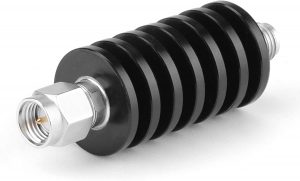
A coaxial attenuator is an electronic device use to reduce the power level of an electrical signal in a coaxial transmission line. It works by introducing a control amount of signal loss, thereby attenuating the signal strength. Coaxial attenuators are commonly use in various applications, such as telecommunications, radio frequency testing, and signal conditioning. They come in different attenuation values and can help maintain signal integrity and prevent signal overload in sensitive systems.
Fixed Attenuator:
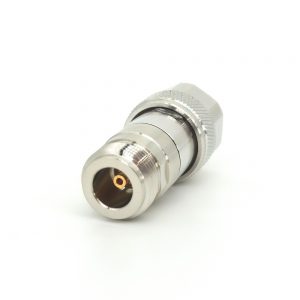
A fixed attenuator is a passive device use in electronics and telecommunications to reduce the power or amplitude of a signal. It operates by absorbing or dissipating a specific amount of signal power. Fixed attenuators have a predetermine attenuation value, which remains constant and cannot be adjust. They are commonly employee to control signal levels, match impedance, or protect sensitive equipment from excessive power.
Factors to Consider When Choosing a Fixed RF Attenuator (FA)
There are several things to consider when selecting a fixed attenuator, including the attenuation value, frequency range, power handling capacity, and connector type.
-
Frequency Spectrum
The range of frequencies that the attenuator can function efficiently over is known as the frequency range. Selecting an attenuator with a frequency range that matches the frequencies of your signal is crucial. If the attenuator’s frequency range is too restrict, it may not function properly and cause signal distortion or loss.
-
Attenuation Value
The amount of signal power that the attenuator will weaken is indicate by the attenuation value. Decibels (dB) are use to express it. For fixed attenuators, the most typical attenuation values are 3 dB, 6 dB, 10 dB, 20 dB, and 30 dB is a constant value. Your choice of attenuation value will depend on the requirements of your application.
-
Attenuation Accuracy
The discrepancy between the measure attenuation and the desire attenuation is the attenuator accuracy. An attenuator’s attenuation is not constant across the whole frequency range; instead, it fluctuates with frequency. Attenuators from RF ONE now offer industry-leading attenuation accuracy. For instance, the 2.4mm 2 Watts 20dB attenuator from RF Fixed Attenuator ONE exhibits typical attenuation accuracy performance in the following figure.
-
VSWR
Attenuators are frequently used to reduce a signal’s amplitude to a level that can be measured or to safeguard a measurement instrument from harm. By enhancing the return loss and thereby lowering the VSWR experienced by nearby components, attenuators are also utilizing to enhance matching between components. Thus, one important attenuator parameter is undoubtedly VSWR.
-
Power Handling Capacity
The maximum amount of power that may be apply to the RF attenuator’s input without causing harm or distortion is known as the power handling capability. As a best practice, pick one with a larger power handling capacity than the amount of power you need. If the application calls for handling high power, particularly in warm settings, an attenuator with improved heat dissipation is a smart idea.
-
Low Passive Intermodulation (PIM)
For RF communication systems to ensure stable and high-quality signal strength, low passive intermodulation (PIM) is crucial. PIM is the term use to describe the unintentional blending of various frequencies, which might interfere with one another and the performance of the transmission. RF ONE provides a range of low PIM attenuators with guaranteed leading PIM performance of -160 dBC in connections of the N-type, 4.3-10, and 7/16 DIN to satisfy varied applications and pricing ranges.
Conclusion
In many electronic systems where signal levels need to be regulate, fixed rf attenuator are crucial parts. It is crucial to consider aspects like attenuation value, frequency range, power handling capability, and connector type when selecting a fixed attenuator. By being aware of these elements, you may select the ideal attenuator for your unique requirements. Ensuring that your system operates at peak efficiency.
SRFS Teleinfra has been dedicate to the design and production of RF attenuators. We provide a selection of microwave fixed attenuators with frequency ranges from DC to 110 GHz and power handling up to 2,000 Watts. We offer coaxial attenuators in sizes 1.0mm, 1.85mm, 2.2-5, 2.4mm, and 2.92mm with SMA, SMP, N type, TNC, BNC, 7/16 DIN, and QMA connections. If you have any needs for RF attenuators, please visit www.srfsteleinfra.in or contact us via info@srfsteleinfra.in.
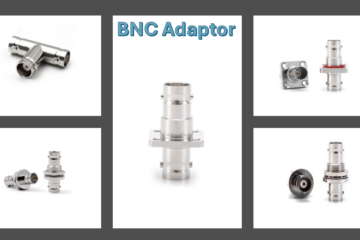
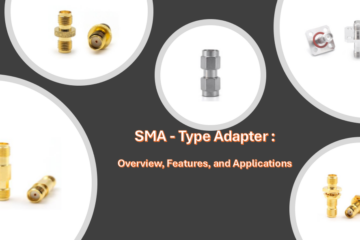
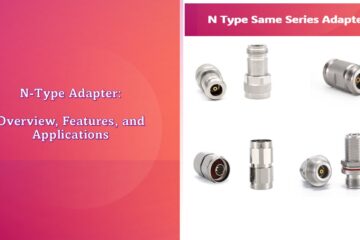
0 Comments